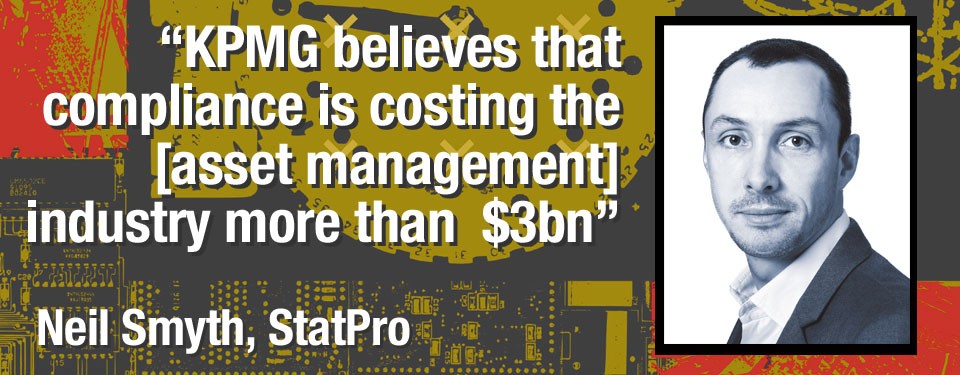BuySide Spends To Beef Up Its Own Technology
Post on: 16 Март, 2015 No Comment

Follow Comments Following Comments Unfollow Comments
“US buy-side equity trading desks are investing in automation and ramping up their quantitative skills to drive new efficiencies and enable execution capabilities on par with the sell side,” writes Adam Sussman of the TABB Group in a recent report .
“The pace of change on the buy-side trading desk is accelerating. Technology, analytics and process are all undergoing transformations to adapt to competitive and structural shifts in the market at a time when commissions have declined 19 percent since 2010. But this is an industry known for being conservative in its embrace of change – electronic trading may have begun in the late 1990s with some early adopters, but it wasn’t until 2006 that the laggards of the industry finally capitulated, a full seven years later.”
Since TABB Group works for the industry, its commentators described the buy-side firms as conservative, instead of calling them cheap, as just about everyone else does. TABB Group picked up the theme I started looking at last week and will continue in occasional pieces — changes in buy-side technology.
Jon Fatica, global head of analytics at TradingScreen, said “There does seem to be the beginning of a current with the buy-side looking around for the next generation of platforms and technologies, whether because of issues like big data, or the fact that much of what has been installed is getting a little old.”
Some buy-side firms are actually forming their own trade conferences to discuss the business; Templeton had a session two weeks ago in Boca Raton.
“Others have mentioned that they are constantly reassessing what is available in new technology; everything is up for grabs,” Fatica said.
He thinks buy-side firms are looking for lighter-weight solutions in areas like order management systems that can exchange information with portfolio optimization applications, analytical engines and compliance.
“Some have decided that plug and play is better than one big platform.” Modular systems can also adapt more readily to evolving regulations like Dodd-Frank and EMIR, he added.
“In general, the advanced thinkers at buy-side firms are looking around. They want systems that are cost-effective. Asset levels have come back and they make money on assets under management; they have been lean and mean for a few years and now they may have some money for discretionary investments.”
Cloud-based services, which TradingScreen offers, can provide a menu of services that are easily updated.
“We are adding more compute and analytical servers, more functionality with respect to the risk calculations. We do VaR on our end, virtually real-time analytics, and we allow a client to manage their own limits and credit exposures.”

In the past, asset managers often relied on their brokers for technology, usually in return for order flow. In some cases the brokers think some of the requests from the buy-side are non-economic. So while the commission flow is still important, said Fatica, he sees a drift toward a
broker-neutral platform. With TradingScreen an asset manager could work with multiple brokers and use TradingScreen’s Total Cost Analysis (TCA) analytics.
Real-time monitoring has become the norm, Fatica added.
“There is another generation of traders coming along who are used to monitoring markets more effectively and are relying less on brokers. The buy-side has had a long trend in monitoring brokers’ algos, they are not necessarily trusting the algos.”
Asset managers are also looking for post-trade information — where were their orders executed, what if any maker-taker fees where involved, is there information leakage, and is there a way for them to replay the order or review an audit trail.
One client wanted his broker to shift algos once 75 percent of an order was completed by a certain time of the day, and he wanted to see evidence the broker had complied.
“We have a platform through which multiple liquidity providers can present their trades. It’s hard to buy a consolidated source of info, if you work with EBS or Reuters you won’t pick up the other data. We have gone a long ways to helping our clients with that, which is an attraction of a multi-dealer platform.”














